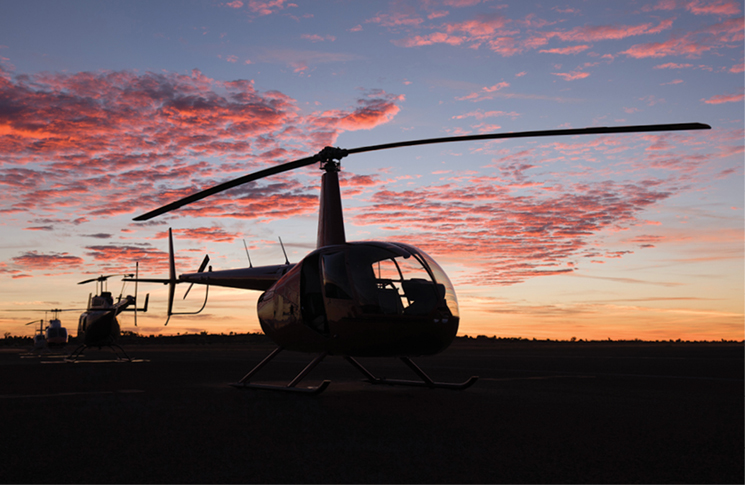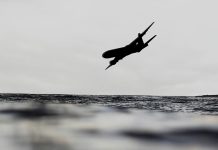For each item, choose the most appropriate response.
- A teetering rotor system is characterised by:
- two blades joined to a hub which has a single pivot point on top of the mast
- blades that are joined to the fixed hub by individual hinges to allow flapping
- rigid blades that flex to allow flapping
- reliance on centrifugal force to keep them attached
- An articulated or rigid rotor system is characterised by:
- two blades joined to a hub which has a single pivot point on top of the mast
- the rotor thrust generating a moment about the CoG to move the helicopter
- a moment generated at the hub to move the helicopter
- both b & c
- Teetering rotor helicopters include:
- Robinson helicopters
- Bell JetRanger and Huey helicopters
- Bell 505 helicopters
- all of the above
- The teetering rotor system controls the fuselage attitude by:
- tilting the lift vector which then sets up a moment around the CoG
- generating a moment at the rotor hub
- utilising tail rotor thrust
- both a and b
- Articulated and rigid rotor systems control the fuselage behaviour by:
- tilting the lift vector which then sets up a moment around the CoG
- generating a moment at the rotor hub
- utilising tail rotor thrust
- both a and b
- On a teetering rotor system at low, zero or negative G:
- there is increased control power and blade flap is reduced
- there is reduced control power and blade flap is increased
- there still exists a moment about the hub to control the helicopter
- nothing adverse occurs
- On a teetering rotor system, how does the tail rotor affect fuselage behaviour at low G?
- rolls the fuselage, increasing the margin from mast bumping
- no effect
- rolls the fuselage, reducing the margin from mast bumping
- increases the G load, reducing the margin from mast bumping
- When the teetering rotor flaps excessively and the blade hub strikes the mast, this is called:
- droop stop pounding
- mast bumping
- retreating blade stall
- vortex ring state
- Recovery actions in a teetering helicopter at low G are:
- oppose roll with cyclic, then apply aft cyclic
- apply aft cyclic to restore G, then correct aircraft attitude once 1G is re-established
- push forward on cyclic to unload the rotor disc, then correct roll
- lower collective and enter autorotation
- Mast bumping occurs on which type of rotor system?
- semirigid teetering
- fully articulated
- rigid
- all of the above





